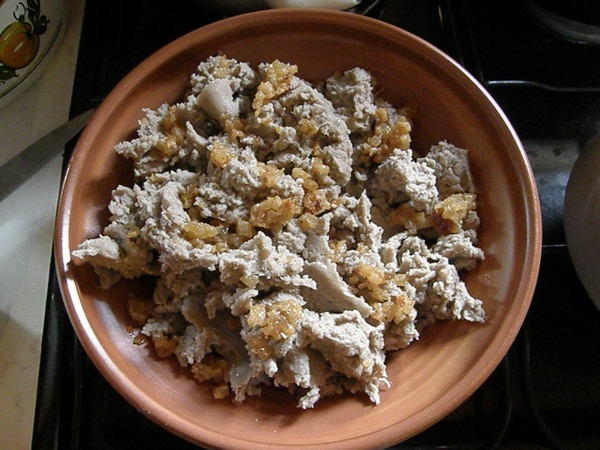Facts About Slovenian cuisine
Slovenian cuisine is a delightful reflection of the country's diverse landscape, climate, rich history, and cultural influences from neighboring regions. In 2016, Slovenian ethnologists identified 23 distinct gastronomic regions within the country, each contributing its own unique flavors and dishes. The love for food in Slovenia dates back centuries, with the first Slovene-language cookbook published by Valentin Vodnik in 1798.
One of the highlights of Slovenian cuisine is its soups. With over 100 different varieties, soups are a staple. Some popular ones include *aleluja*, a unique soup made from turnip peels, and the classic beef soup with noodles. When it comes to meat, pork and poultry are favorites, but depending on the region, you might also find mutton, goat, and game meats like goose and quail on the menu.
Slovenians have a deep appreciation for natural and seasonal ingredients. Dandelions, acorns, chestnuts, and forest fruits have long been cherished in their cooking. Honey, mushrooms, and nuts are also commonly used, adding rich flavors to various dishes.
As of June 2015, 22 Slovenian foods and food products have received European protection, highlighting their authenticity and importance. Some of these include Prleška tünka, Ptuj onion, extra virgin olive oil from the Slovenian Istria, Nanos cheese, Kočevje forest honey, zgornjesavinjski želodec, šebreljski želodec, Idrija žlikrofi, prekmurska gibanica, Tolminc cheese, White Carniola loaf, Karst prosciutto, and Karst cured neck meat. These protected foods not only represent the rich culinary heritage of Slovenia but also offer a taste of the country’s unique and delicious flavors.

 Italy
Italy